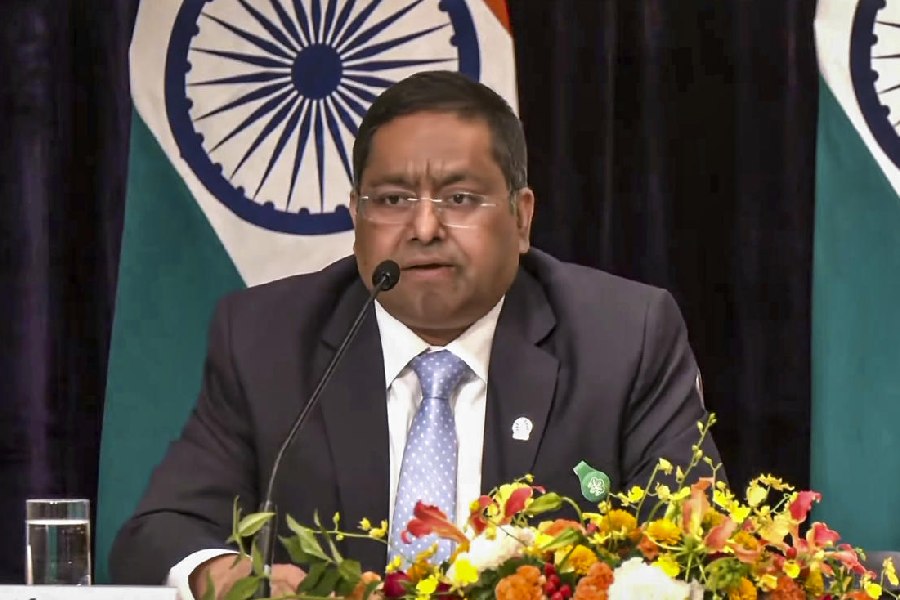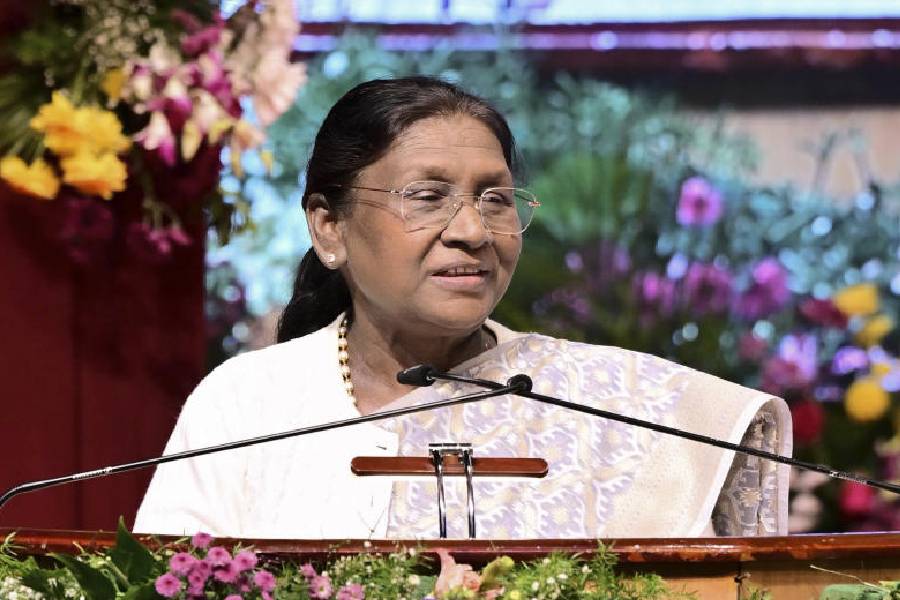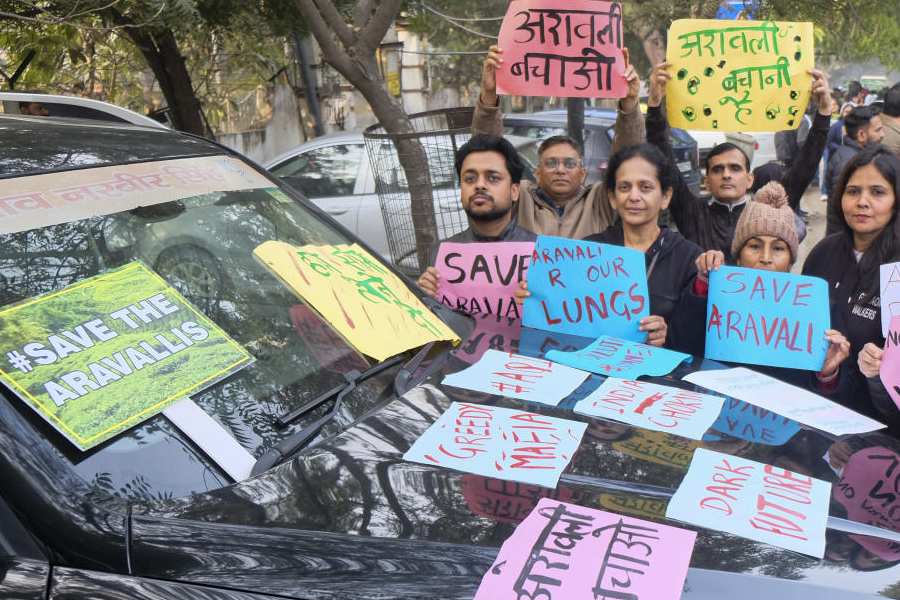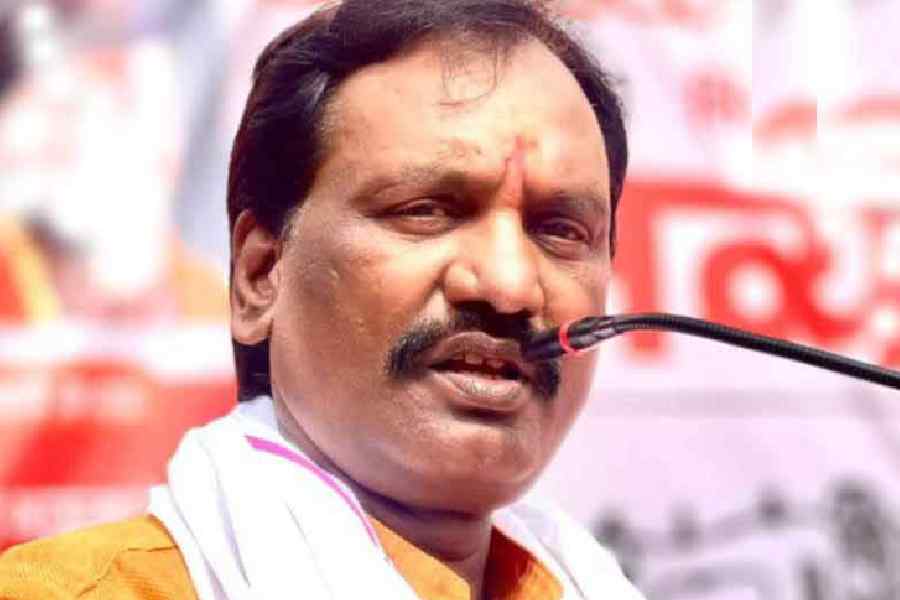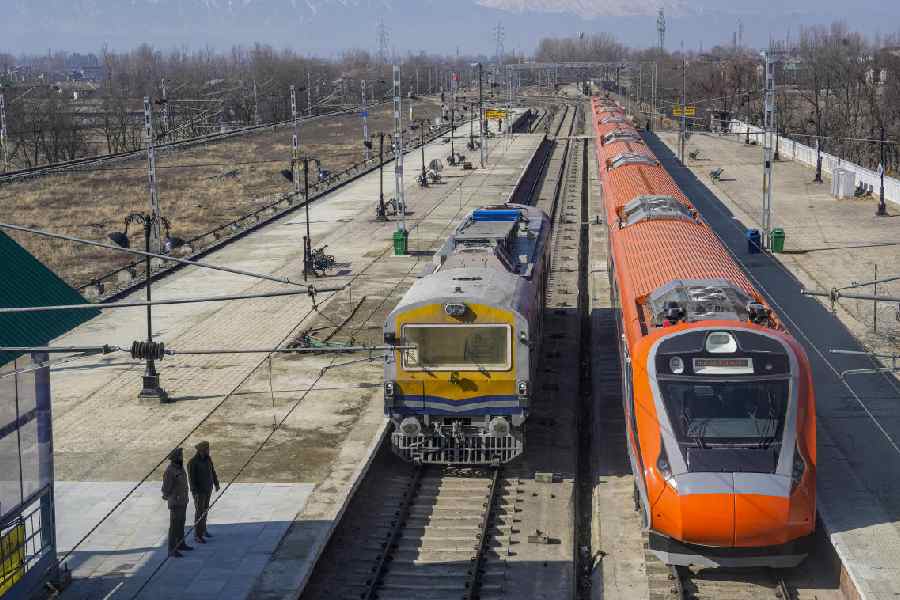 |
The proposed corridors of Patna Metro rail are up on the official website of the dream urban transport project of the city for everyone to see.
A map of the proposed routes — prepared by Rites Ltd — has been put up on the website of Patna Metro (www.patnametro.in). According to it, the Metro would be developed in three phases.
S. Siddharth, secretary, urban development and housing department, told The Telegraph on Tuesday: “This is the first time that we have brought the proposed Metro rail corridor and routes to the public.”
He added: “The Metro rail project has already been given an in-principle approval by chief minister Nitish Kumar. It would be executed in public-private partnership mode with an estimated outlay of Rs 14,000 crore. We would seek funds from the Union urban development ministry and international bidding would be held to enlist private firm(s), who would contribute towards the project cost and undertake construction works.”
According to the project report, the Metro would be constructed in three phases. (See graphic)
 |
In the first phase, an east-west corridor (1A) would connect Danapur cantonment to Bypass Chowk or Mithapur via Patna Junction, covering a distance of 14.5km. It would touch Raj Bhavan and the secretariat. This corridor would branch out from Patna High Court or Vikas Bhavan to Digha Ghat (1B), covering 5.5km more, and touching IIT in Patliputra.
The second corridor to be developed in the first phase would connect Patna Junction with ISBT. Covering 16km, this route would take residents to Gandhi Maidan, Patna Medical College and Hospital, Patna University, Rajendra Nagar railway station, Gandhi Setu, Kumhrar and Zero Mile.
A third corridor would be developed in the second phase. It would cover 13km and connect Mithapur to Didarganj through Transport Nagar and upscale residential locality Kankerbagh. The fourth corridor would also start at Mithapur, but it would travel west, covering 11km and terminating at AIIMS.
The routes of the Patna Metro would be underground, on ground and elevated at different places. For instance, it would be mostly underground on Bailey Road, right from RPS Mor in the west to Dakbungalow and further to Patna Junction. From Digha Ghat to Patna High Court via Kurji and Patliputra, it would be elevated. It would again go underground from Dakbungalow to Gandhi Maidan and further east on Ashok Rajpath.
The urban development and housing department has sought feedback and suggestions from residents on the project till November 11. “Based on the directives of the chief minister, we have invited feedback from residents on various aspects of the proposed Metro rail. All feedback would be taken into consideration,” said Siddharth, adding that the suggestions would be incorporated into the feasibility report wherever possible.
A presentation of the inception report of the Patna Metro was submitted by Rail India Technical and Economic Service (Rites) to chief secretary Ashok Kumar Sinha on September 11.
On June 17, the memorandum of understanding for the feasibility study and preparation of detailed project report for the Metro project was signed by Arbind Kumar, the director (projects) of Rites, and the urban development and housing department secretary, Siddharth. “Rites is expected to submit the feasibility report on the Metro rail project by the first week of December and the detailed project report (DPR) by February-end,” said Siddharth.
The feasibility study and DPR for the proposed Patna Metro would give detailed traffic demand assessment study, topographic survey for the entire stretch, and soil investigations reports, identification of stations and development of preliminary concept plan. The DPR would also give a cost estimate for the project and an assessment of its preliminary economic and financial liability.
How do you think the Patna Metro will help you? Tell ttbihar@abp.in


